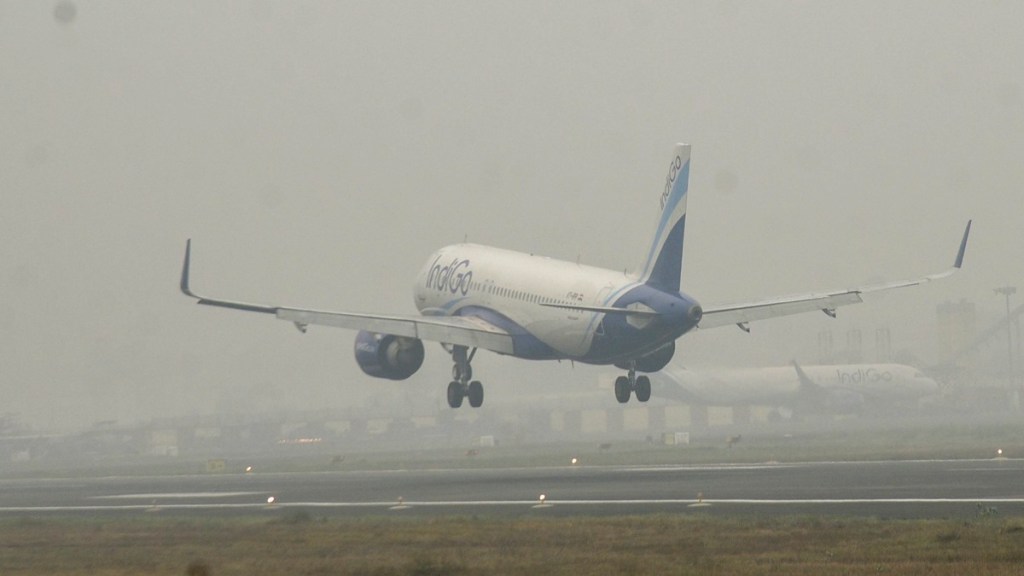The irony could not be starker. On the day the Directorate General of Civil Aviation released data showing domestic air passenger traffic at an all-time high of 152 million passengers in 2023, over 100 flights from New Delhi’s Indira Gandhi International Airport were delayed and at least 20 cancelled due to dense fog leading to zero visibility for a few hours. The disruptions at the country’s largest airport had a cascading effect even in other cities. While certain delays cannot be avoided, what was concerning was the absolute lack of preparedness on the part of airlines and airports even though fog is an annual affair during these times in the National Capital Region.
On Monday, it took the civil aviation minister, Jyotiraditya Scindia to direct Delhi International Airport to expedite the operationalisation of the CAT III-enabled fourth runway, in addition to the existing CAT III-enabled runway. Despite the Delhi airport authority’s clarification on the issue on Tuesday, it’s rather strange that only one CAT III equipped runway was in operation all this while. It is to be noted that only CAT III compliance isn’t enough as airlines are also required to deploy aircraft equipped for ILS CAT IIIB and pilots trained to handle low-visibility operations.None of this is unknown to either airlines or airport authorities.
The minister also directed the DGCA to issue a standard operating procedure (SOP) to ensure better communication and facilitation of passengers to minimise discomfort in view of flight cancellations and delays due to adverse weather. It took an unfortunate incident of a passenger assaulting an IndiGo pilot to announce measures that should have been a standard operating procedure even in normal times. While the unruly passenger’s behaviour was unpardonable and he should be punished as per the norms in force, there’s plenty for which airports and airlines need to be made accountable for.
The SOP, which was announced on Monday, makes it clear that airlines will have to cancel sufficiently in advance flights that are expected to be delayed by over three hours and inform passengers in real-time about flight status. The video of passengers being served food on the tarmac at the Mumbai airport because the flight was running some 12 hours late also doesn’t speak well for a sector which stands for hospitality and service.
The growth of India’s civil aviation sector, particularly the low-cost carriers, has made businesses and leisure dependent on it, therefore the machinery needs to be well oiled at all times. It’s again ironic that everything bad about transport service which was once attached with railways—a government-owned transport medium—has now travelled to private airlines. The Railways, meanwhile, is working hard to improve services by launching Vande Bharat trains and renovating stations.
Bad practices by the airlines lead to talks of monopolistic behaviour of the leading carrier, which has over 61% market share and figures quite regularly among complaints by passengers on social media platforms. At the core of the problem between carriers and passengers is that often delays are not properly communicated. Lack of trained pilots with carriers is also an issue which often gets highlighted. A recent change in rule which extends rest hours for pilots has also been flagged by carriers as having the potential to create a manpower crisis once it gets implemented. While human resource issues would always remain in a sector which is growing, they should not become a cause of bad service and communication.


